
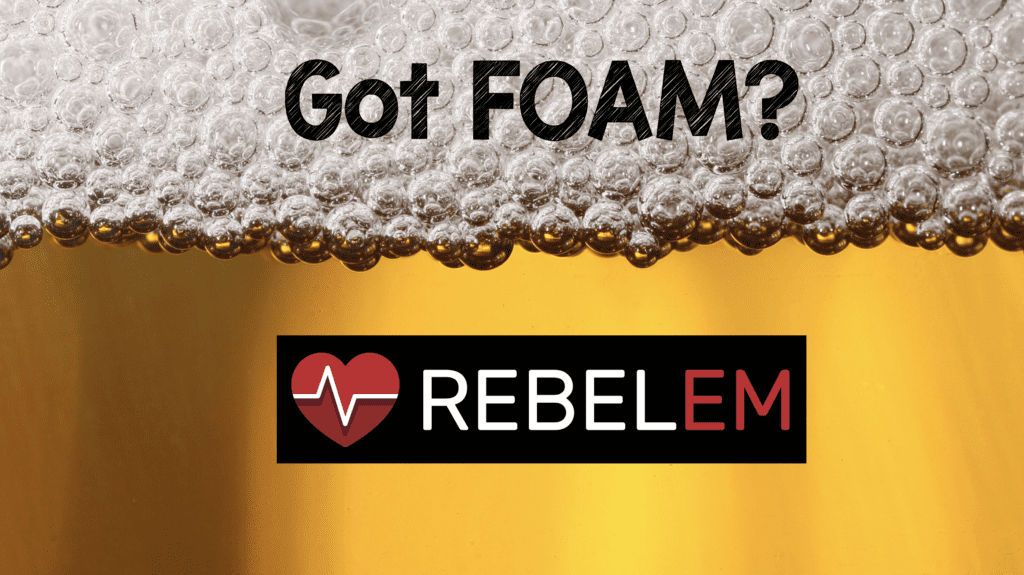 I recently gave a talk at my old alma mater (Texas A&M College of Medicine) on creating a Professional and Scholarly Community with FOAM in early September of 2015. One of the things I was most amazed by was how many people had not heard of the concept of FOAM, but more importantly the number of questions I received after my talk on how to get started and how to consume FOAM. Now many people in the FOAM world have posted blog posts, videos, and even podcasts on how to do this, but I thought I would write a blog post on how I keep up and stay organized for anyone who is new to the FOAM world or if someone simply asks you how to get started feel free to just refer them here.
I recently gave a talk at my old alma mater (Texas A&M College of Medicine) on creating a Professional and Scholarly Community with FOAM in early September of 2015. One of the things I was most amazed by was how many people had not heard of the concept of FOAM, but more importantly the number of questions I received after my talk on how to get started and how to consume FOAM. Now many people in the FOAM world have posted blog posts, videos, and even podcasts on how to do this, but I thought I would write a blog post on how I keep up and stay organized for anyone who is new to the FOAM world or if someone simply asks you how to get started feel free to just refer them here.
What is FOAMed?
- FOAMed quite simply stands for Free Open Access Medical Education
- It might be easier to get a couple of misnomers out of the way right off the bat:
- FOAM IS NOT Social Media (Twitter, FaceBook, Google+, etc…)
- FOAM IS NOT a Teaching Philosophy
- FOAM IS independent of platform or media (Blogs, Podcasts, Videocasts, etc…)
- FOAM IS an interactive collaboration of like minded individuals, free of geographic hindrances and time zones, with one single goal…to make the world of medicine better.
- Quite simply, FOAM is the concept, FOAMed is the conversation
When and Where did the Concept of FOAM start?
The term FOAM was first created in June 2012 at a pub in Dublin over a pint of Guinness during the International Conference on Emergency Medicine (ICEM) 2012. Mike Cadogan, who is now considered the father of FOAM, was discussing how the term social media made physicians cringe and wanted to figure out a different way to help make the ideas of using online technologies in medical education stick and spread. As many of us know, sometimes its the connotations associated with a name that make or break an idea.
Some would argue that the acronym of FOAM may have been created in 2012, but maybe the beginnings of FOAM can be found in earlier teachings of Hippocrates and Sir William Osler (I have written about this before From Hippocrates to Osler to FOAM).
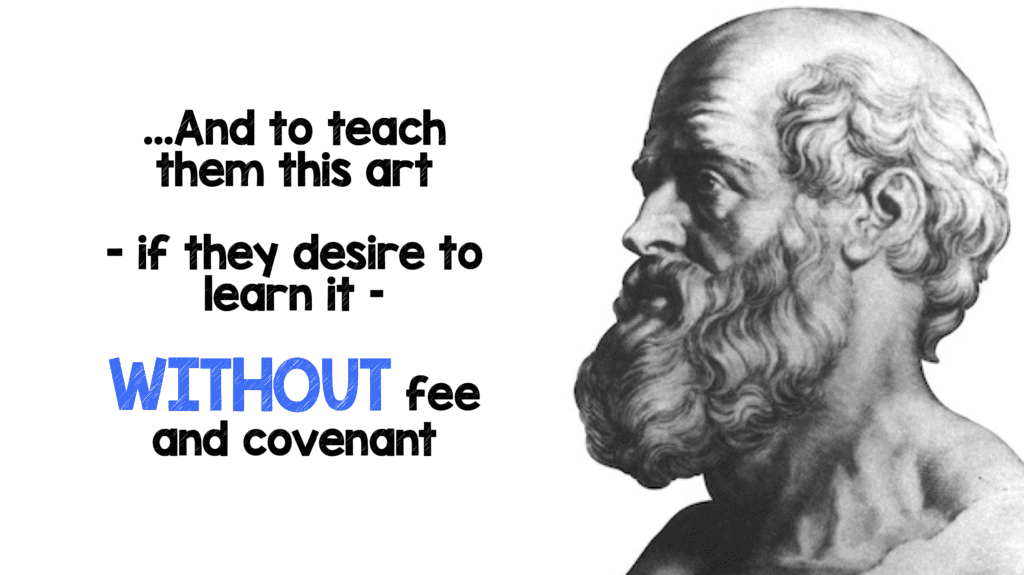
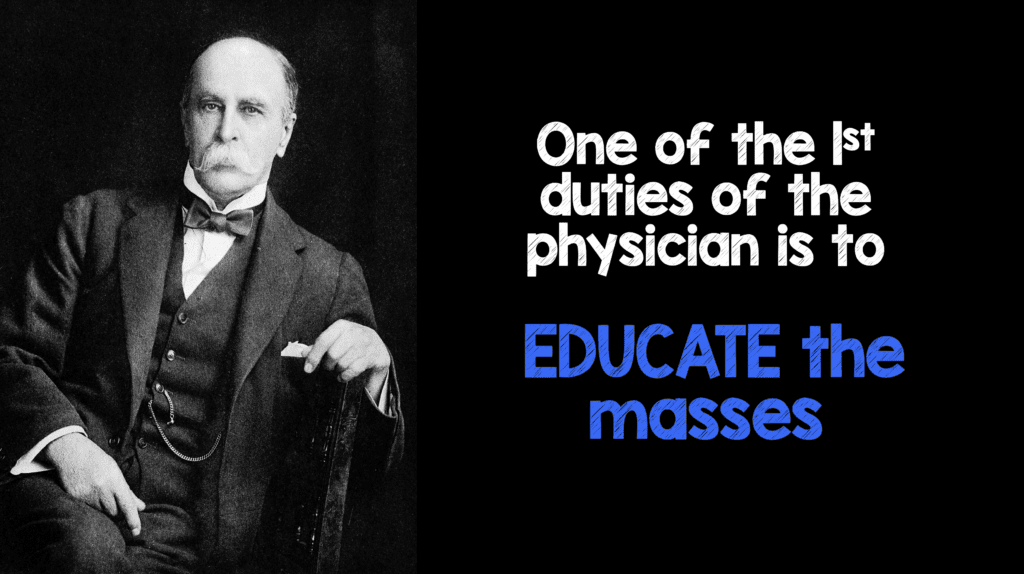
So Why Bother with FOAM?
There are lots of reasons really, but I will mention a couple below:
- Cut Down Knowledge Translation Time: If you have ever published a book chapter or a peer reviewed journal article you know it is a timely process. On average to get a book chapter published it takes about 5 years and a journal article 2 years. In the mean time there is new research being published. Maybe if you are lucky you make a conference that keeps you updated, but honestly how many conferences do you go to that really impact or change your practice?
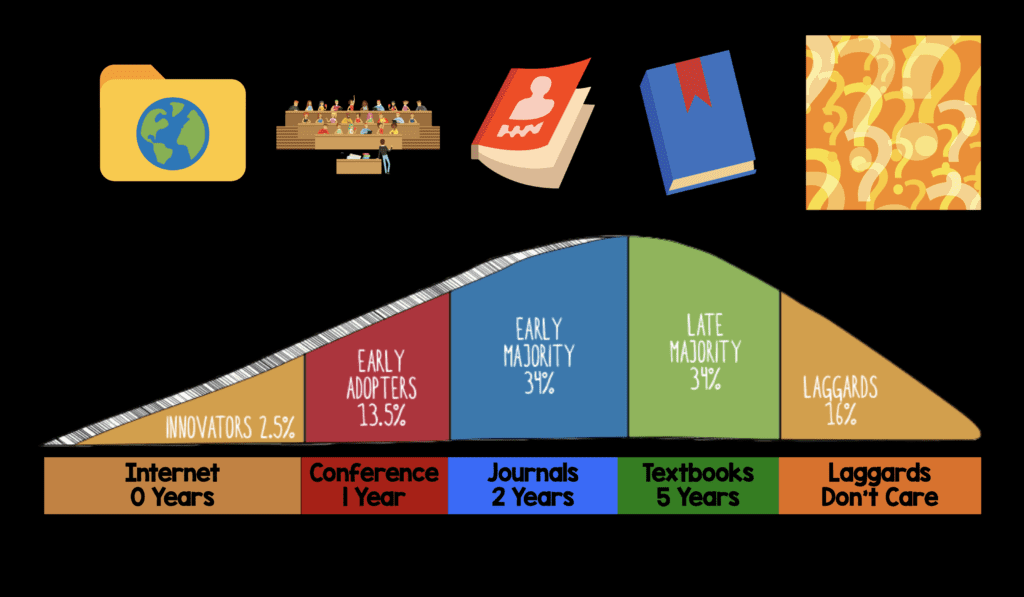
- Residents Endorse FOAM as Beneficial in Their Education: There was a survey of approximately 400 Emergency Medicine residents across the US published in Academic Medicine 2014 by Mallin M et al. Just over 50% completed the survey and what was amazing was that residents endorsed podcasts as the most beneficial in their education (70.3%), followed by textbooks (54.3%), journals (36.5%), and Google (33.8%).
But There is Too Much FOAM…Where do I Start?
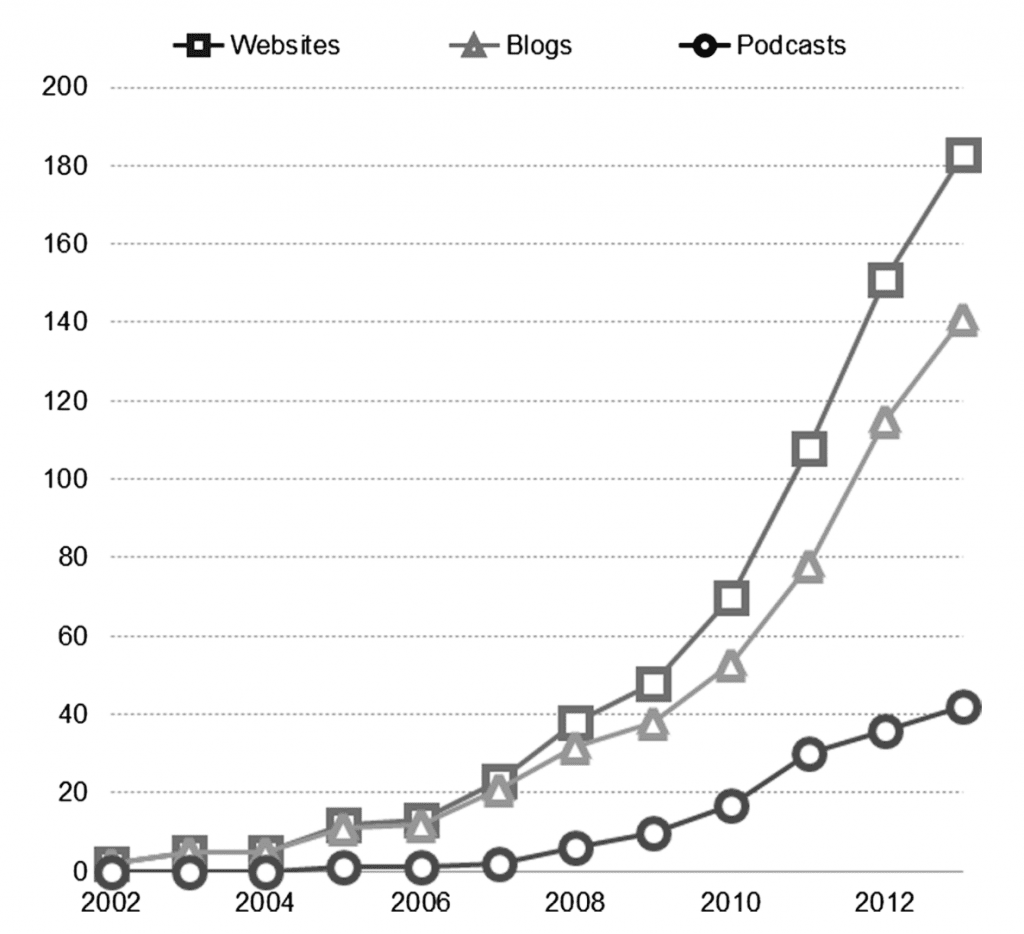 Well you are not wrong thinking there is a lot of FOAM out there. Cadogan M et al Emergency Medicine Journal 2014 showed that emergency medicine and critical care blogs, websites, and podcasts are growing at a logarithmic pace. Many have told me that this is like drinking from a fire hose, but how is this any different than when you first started medical school? There was a lot of information to digest, but somehow we managed to do it. Still, I want to help simplify the process and help put the world of FOAM in your hands. In my mind there are really 4 things you need to help consume FOAM on your phone/tablet:
Well you are not wrong thinking there is a lot of FOAM out there. Cadogan M et al Emergency Medicine Journal 2014 showed that emergency medicine and critical care blogs, websites, and podcasts are growing at a logarithmic pace. Many have told me that this is like drinking from a fire hose, but how is this any different than when you first started medical school? There was a lot of information to digest, but somehow we managed to do it. Still, I want to help simplify the process and help put the world of FOAM in your hands. In my mind there are really 4 things you need to help consume FOAM on your phone/tablet:
- A News Aggregator
- A Podcast Catcher
- Read by QxMD and/or Pubmed Alerts
- A Twitter Account
A News Aggregator
![]() This is an application for various web browsers and mobile devices that will allow you to follow all your blogs and websites in one location instead of having to go to several different websites day to day. This is a huge time saver and lets you personalize content that matters to you most from your favorite blogs have new posts. You can actually link to the blog directly from within the application. There are several options out there(Flipboard, Nuzzel), but my personal favorite is Feedly. Feedly is FREE, allows you to break your subscriptions into subfolders, and really makes adding new subscriptions easy by just putting the blogs/websites URL.
This is an application for various web browsers and mobile devices that will allow you to follow all your blogs and websites in one location instead of having to go to several different websites day to day. This is a huge time saver and lets you personalize content that matters to you most from your favorite blogs have new posts. You can actually link to the blog directly from within the application. There are several options out there(Flipboard, Nuzzel), but my personal favorite is Feedly. Feedly is FREE, allows you to break your subscriptions into subfolders, and really makes adding new subscriptions easy by just putting the blogs/websites URL.
- Go to www.feedly.com
- Create an account for FREE
- At the top right of your screen put in the website URL you are wanting to add
- Click on the green +feedly tab
- Create a folder to put it under
- Hit Add
A Podcast Catcher
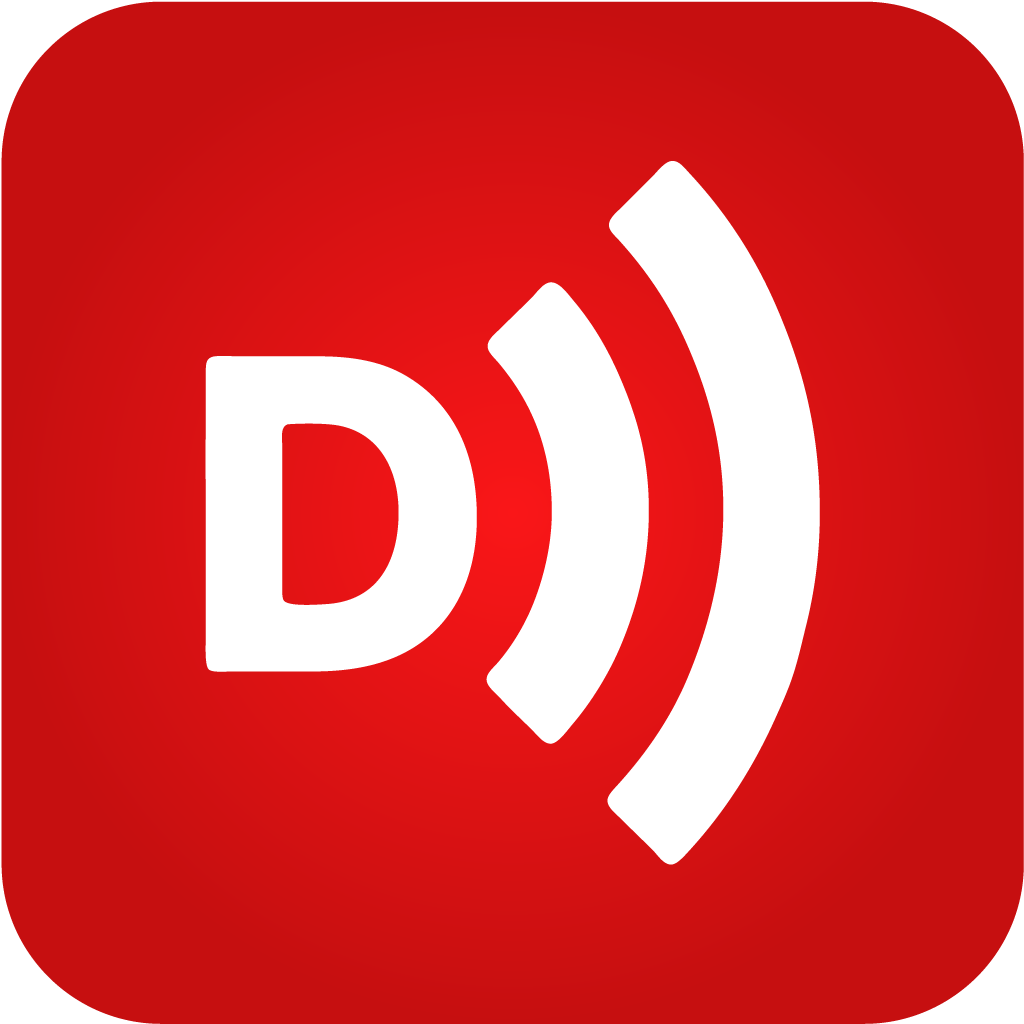 Podcasting aggregators not only play your podcasts for you, but also automatically download the newest episodes of podcasts you are subscribed to again personalize content that matters to you most from your favorite podcasts. Again many options out there (Pocket Cast, Overcast, Podcast Republic), but my personal favorite is Downcast. It costs $2.99 (US$) and only on iOS devices, but completely worth it. You can search for podcast subscriptions from within the app, setup auto-downloading so the newest episodes will automatically download, and make playlists to help separate work podcasts from leisure topics. Probably one of the most amazing features for me is the option to speed up playback to 1.5x and 2.0x, which allows me to listen to podcasts more efficiently.
Podcasting aggregators not only play your podcasts for you, but also automatically download the newest episodes of podcasts you are subscribed to again personalize content that matters to you most from your favorite podcasts. Again many options out there (Pocket Cast, Overcast, Podcast Republic), but my personal favorite is Downcast. It costs $2.99 (US$) and only on iOS devices, but completely worth it. You can search for podcast subscriptions from within the app, setup auto-downloading so the newest episodes will automatically download, and make playlists to help separate work podcasts from leisure topics. Probably one of the most amazing features for me is the option to speed up playback to 1.5x and 2.0x, which allows me to listen to podcasts more efficiently.
- Download Downcast onto your iOS device ($2.99 US)
- Create an account
- Click Add at the bottom of the screen
- Click on search
- Type in the name of the podcast you are searching for
- At the top right of your screen hit subscribe
Read by QxMD
![]() This is your go to app to discover new research, in your area of practice, that is being published in a single place. The days of stacks of paper journals are gone. This app is FREE, easy to navigate, and you can email articles from within the app to yourself or to others. You can also use your university affiliation/subscription to get one-touch access to thousands of PDF articles which is also a really nice feature.
This is your go to app to discover new research, in your area of practice, that is being published in a single place. The days of stacks of paper journals are gone. This app is FREE, easy to navigate, and you can email articles from within the app to yourself or to others. You can also use your university affiliation/subscription to get one-touch access to thousands of PDF articles which is also a really nice feature.
- Download Read by QxMD
- Set your profession, specialty, location, and institution
- Once completed you can set what journals, specialties, or keywords you want to follow
- To gain institutional access click on Institutional Access (Step by Step is HERE)
- Click on Edit Proxy
- Choose your university from the list
- Enter your library or your university credentials
- Tap done
- This will get you access to more PDF articles that may be behind paywalls
Pubmed Alerts
Two of my friends Natalie May and Rick Body have written about this at St. Emlyn’s on a post they titled JC: Drinking From the Firehose – Keeping Up with the Literature. This is another way to keep current with new research in your area of interest. Feel free to checkout their post on how to get email alerts from your favorite journals to follow from pubmed.
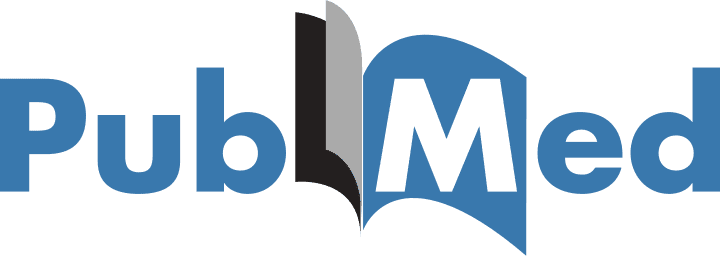
A Twitter Account
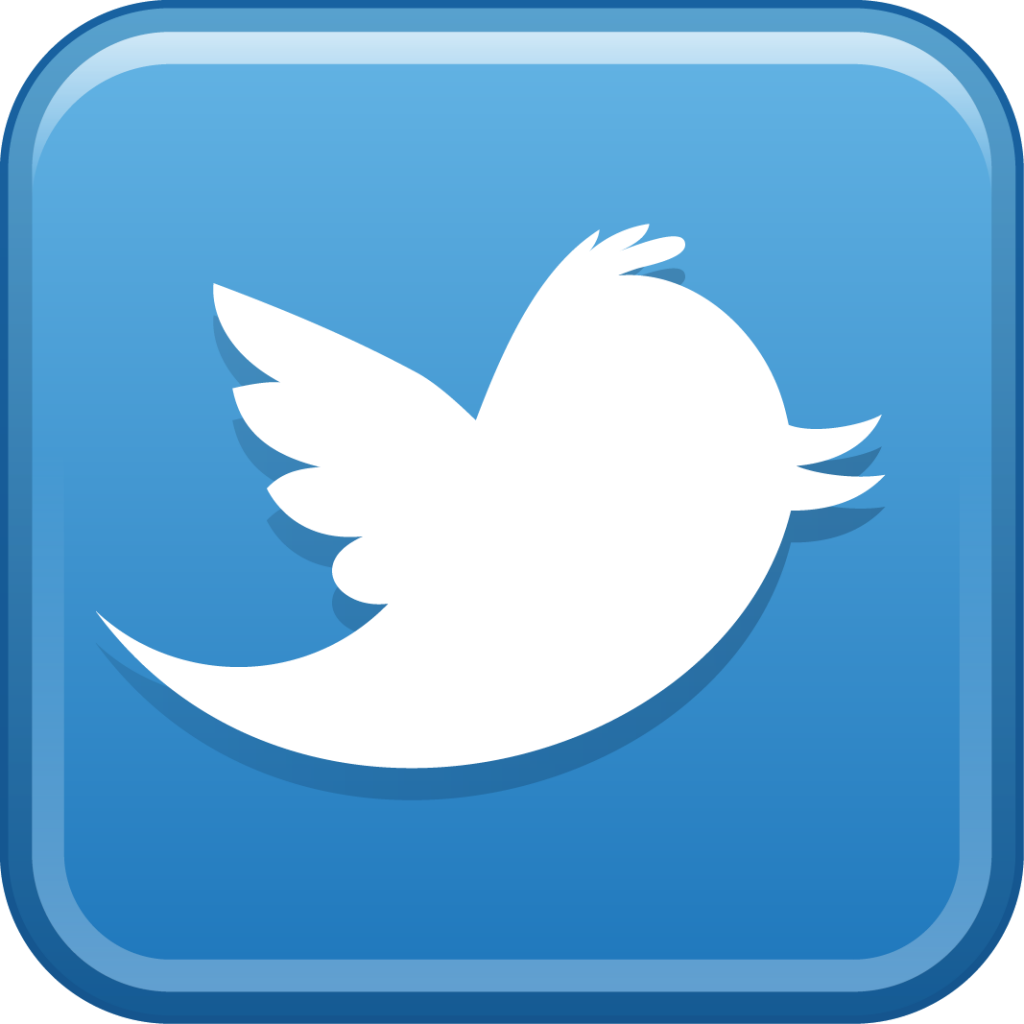 So a question I often get is why twitter and not Facebook? My simple answer is Facebook is great for people who you already know, but twitter is for who you should know. I think of twitter as my information stream. Think about the last time you watched sportscenter or CNN….what do you see running at the bottom of the screen? An information stream of highlights or top events. Well twitter is no different, exccept now you get to choose what is running in your information stream. In other words if you follow a bunch of useless crapp, you will get a bunch of useless crapp in your feed. Below is a link to a video that I think are the key things you need to know and how to use the platform.
So a question I often get is why twitter and not Facebook? My simple answer is Facebook is great for people who you already know, but twitter is for who you should know. I think of twitter as my information stream. Think about the last time you watched sportscenter or CNN….what do you see running at the bottom of the screen? An information stream of highlights or top events. Well twitter is no different, exccept now you get to choose what is running in your information stream. In other words if you follow a bunch of useless crapp, you will get a bunch of useless crapp in your feed. Below is a link to a video that I think are the key things you need to know and how to use the platform.
- Twitter Tutorial for Beginners (28:59 minutes)
Also Checkout this Great Infographic Created by my Good Friend Sandra Viggers (@StSkaterDk)
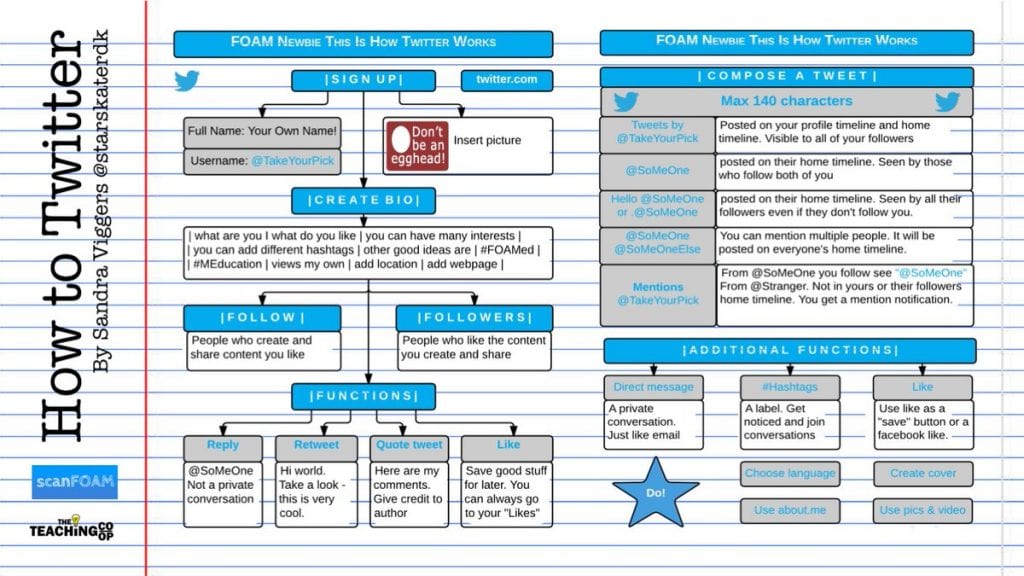
So now you have created your twitter account…the next question I get is who should I follow? Depending on your areas of interest you may choose to follow different sets of people. I nice place to start is to look at the @FOAMstarter account on twitter. If you look to see who that account is following, you will see a list of 31 people that are very proactive in FOAMed. Realize this is just one list…it doesn’t mean these are the only people you should follow, but it might be a nice place to get you started.
Some Parting Words of Wisdom
- “Even the greatest was once a beginner…Don’t be afraid to take that first step.” Muhammad Ali
- “If you can’t explain it simply, you don’t understand it well enough.” Albert Einstein
- “The most dangerous phrase in the language is…We’ve always done it this way.” Grace Hopper
- “Alone we are smart. Together we are brilliant.” Steven Anderson
Some Useful Publications:
- Nickson CP et al. Free Open Access Medical education (FOAM) for the Emergency Physician. Emergency Medicine Australasia (2014) 26, 76–83. (PDF)
- Cadogan M et al. Free Open Access Meducation (FOAM): the rise of emergency medicine and critical care blogs and podcasts (2002–2013). Emerg Med J 2014; 31(e1):e76-7 (PDF)
- Thoma B et al. Five Strategies to Effectively Use Online Resources in Emergency Medicine. Ann Emerg Med 2014: 64 (4): 392–395. (PDF)
- Mallin M et al. A Survey of the Current Utilization of Asynchronous Education Among Emergency Medicine Residents in the United States. Acad Med. 2014 Apr;89(4):598-601. PMID: 24556776
- Thoma et al. Five Strategies to Effectively Use Online Resources in Emergency Medicine. Ann Emerg Med 2014; 64(4): 392 – 5. (PDF)
Some Useful Links:
- Chris Nickson at Life in the Fastlane: FOAM
- Chris Nickson at Life in the Fastlane: From Hippocrates to Osler to FOAM
- Scott Weingart at EMCrit: The Online Hierarchy of Needs
- Andy Neill at Emergency Medicine Ireland: Getting Started with FOAMed
- Natalie May at St. Emlyn’s: Information Overload – Keeping Up-to-Date
- Simon Carley at St. Emlyn’s: How to Incorporate #FOAMed into #MedEd
- David Slessor at The Bottom Line: Keeping Up to Date with the Medical Literature
- Justin Morgenstern at First 10 in EM: Lecture handout: Social Media in Medicine (University of Toronto Anesthesia and Surgery Faculty Development Day)
- Andrew J. Tagg at Don’t Forget the Bubbles: The Sweet Bird of Truth
- Chris Nickson at Life in the Fastlane: 10 Tips for FOAM Beginners
- Edwin Kruys At the Doctor’s Bag: An Easy Introduction to Twitter
Post Peer Reviewed By: Anand Swaminathan (Twitter: @EMSwami)
The post Got FOAM? appeared first on REBEL EM - Emergency Medicine Blog.
